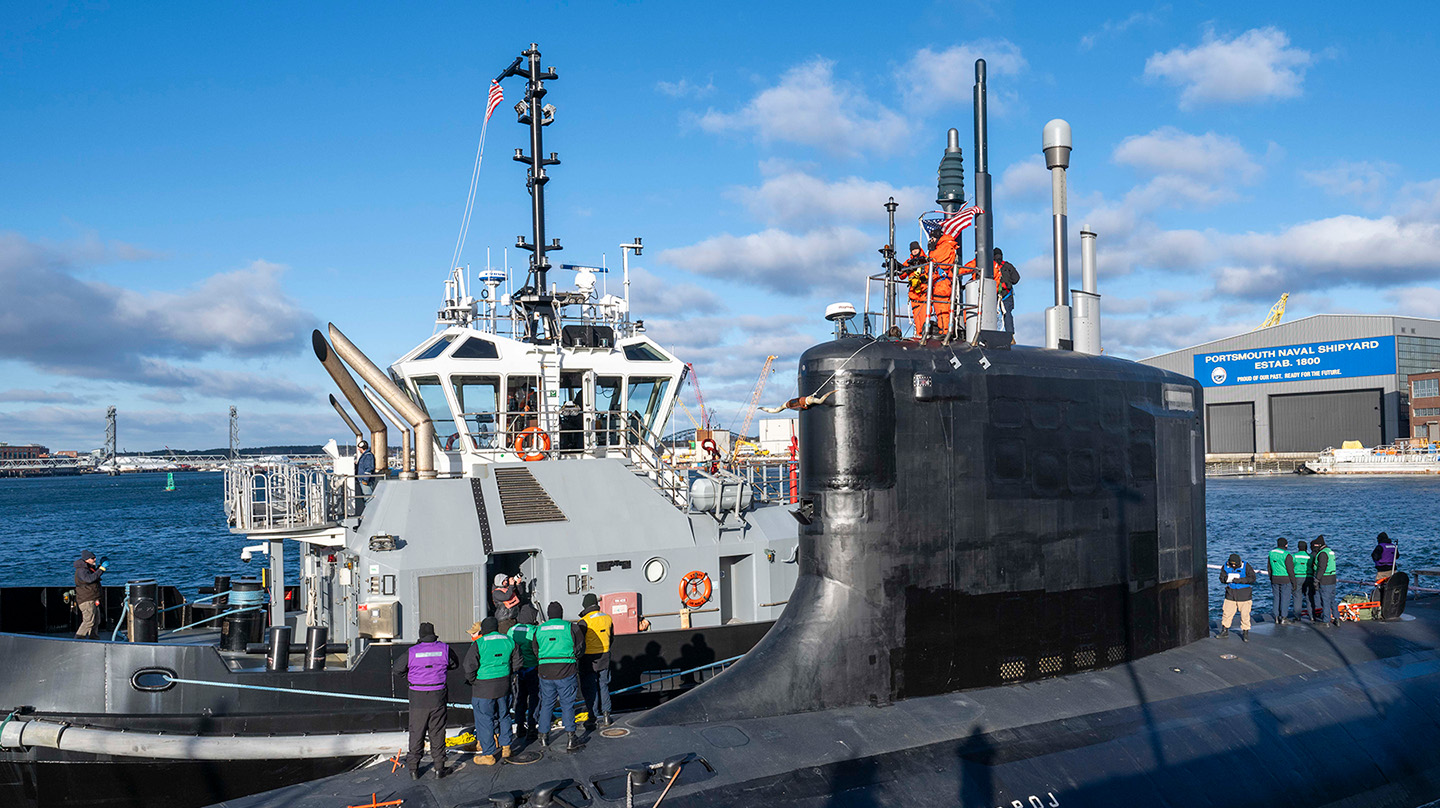News
Johns Hopkins APL, Navy Team up to Advance Additive Manufacturing for Critical Missions
Audio generated using AI voice technology.
Over the past decade, additive manufacturing has emerged as a disruptive force in advanced defense manufacturing. However, skepticism about its reliability — particularly for building crucial military hardware — has hindered its adoption. Now, through a collaborative effort with the Naval Sea Systems Command (NAVSEA), researchers at the Johns Hopkins Applied Physics Laboratory (APL), in Laurel, Maryland, are working to change that narrative.
APL has been playing a critical role in NAVSEA’s adoption of laser powder bed fusion, an advanced metal 3D-printing process, demonstrating that precise control over the technology yields consistent, high-quality materials for even its most demanding applications. By conducting extensive research and rigorous testing and actively engaging the technical community of NAVSEA, APL’s researchers are proving that additive manufacturing is not just viable, but essential to NAVSEA’s future.
A Shift in the Narrative
Metal additive manufacturing is generally regarded with skepticism because of concerns about porosity, mechanical reliability and reproducibility, explained Michael Presley, an additive manufacturing engineer in APL’s Research and Exploratory Development Department. “Most of the previous literature painted a picture of inconsistency,” he said.
However, recent academic work by APL has made significant strides in changing this perception. One study demonstrated that precise control over process parameters eliminates porosity concerns, ensuring additively manufactured parts meet stringent quality standards. Another investigation compared material properties across multiple vendors, proving that consistency can be achieved industry-wide. A third focused on long-term durability, showing that additively manufactured components can maintain performance levels comparable to traditionally manufactured parts.
Together, Presley said, these findings provide compelling evidence that additive manufacturing is viable for naval applications. “What we’ve shown through rigorous research is that as long as you control your feedstock, process parameters and post-processing, you can get highly consistent material properties.”
And this shift is more than academic — it has real-world implications for how NAVSEA designs and sustains its fleet, noted Eddie Gienger, who, along with Presley, was deeply involved in the research. “The expected service life of a Virginia-class submarine is 33 years. NAVSEA must have confidence in the lifespan of additively built components compared to those manufactured with traditional processes.”
One of NAVSEA’s greatest challenges in adopting additive manufacturing has been ensuring that parts produced by different vendors maintain uniform quality. And ensuring consistency across different suppliers is no small task. Differences in process control, material properties and manufacturing conditions can lead to unpredictable variations in final part quality.
Recognizing this, NAVSEA has made it a priority to establish clear standards and processes that ensure every part meets the same high-performance requirements — no matter where or how it’s made. “We don’t just need additive manufacturing to work — it needs it to work predictably,” said Justin Rettaliata, NAVSEA’s technical lead for additive manufacturing. “To scale up, we need a mature industrial base that can produce additively manufactured parts at consistent quality levels across vendors and environments.”
APL has tackled this challenge by assessing the maturity of additive manufacturing processes and translating the results into meaningful requirements for NAVSEA. “APL has spent years studying how variability in build parameters, raw material and machine conditions affect final material properties,” said Presley. “That work has led to the development of standardized qualification approaches that NAVSEA can use to certify these parts.”
This research has directly influenced NAVSEA’s official manufacturing standards and certification guidelines, reducing the requirements for machine certification by over 60% while still ensuring stringent reliability standards. “It was about refining what really matters,” Presley noted. “Instead of requiring 300 test samples and millions of dollars in qualification costs, we helped streamline the process into something practical yet robust.”
From Research to Deployment
APL is also serving as a bridge between fundamental research and real-world application, said James Borghardt, program manager for Maritime Expeditionary Logistics in APL’s Force Projection Sector.
“We don’t just study additive manufacturing,” he said. “We turn it into something the fleet can use.”
While much of APL’s research has focused on laser powder bed fusion, additive manufacturing as a whole is already making an operational impact. This capability was demonstrated recently when an amphibious Navy ship encountered a material failure that rendered a key component inoperable. The original part was not in stock, and traditional procurement would have taken six months to two years. Instead, APL and the ship’s crew worked together to reverse-engineer the part, create a digital file and fabricate it using wire-laser directed energy deposition — another form of additive manufacturing — all in just five days.
“That’s what success looks like,” said Borghardt. “Reducing logistics delay time from months to days is a game-changer for operational availability.”
Although additive manufacturing has been invaluable for maintenance and repair, the real potential lies in designing new systems with it in mind. “When you are out at sea and something breaks, NAVSEA has a lot more tolerance for risk,” explained Gienger. “If a part lasts long enough to get a replacement, that’s acceptable. But what we’re talking about now is designing mission-critical systems that use additively manufactured parts from the start.”
For this to happen, NAVSEA needs deep confidence in the technology. “Success means a world where we are leveraging additive manufacturing not just for crisis fixes but for primary design and construction,” said Rettaliata. “We’re not quite there yet, but our work with APL is getting us closer every day.”
